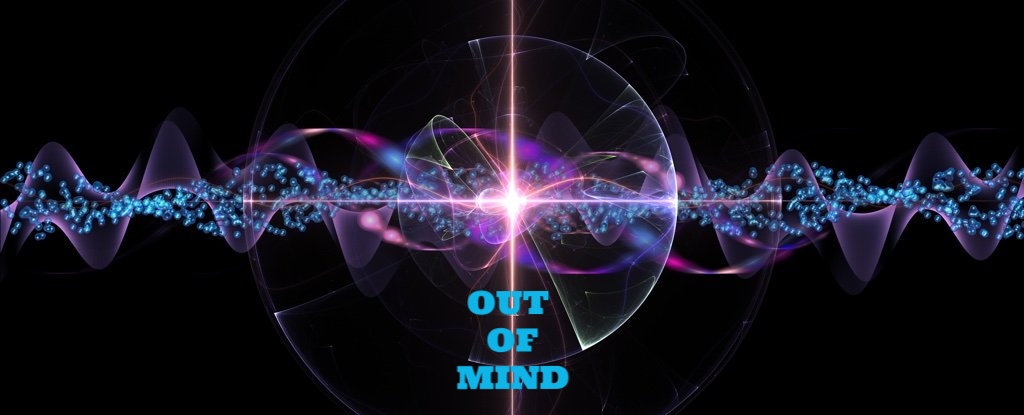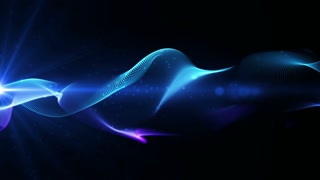CERN Physicists Measure Mass of Top Quark
Apr 20, 2022 by News Staff /
Physicists from the CMS (Compact Muon Solenoid) Collaboration at CERN’s Large Hadron Collider (LHC) have substantially improved the precision with which the mass of the top quark — the heaviest known elementary particle – is measured. Their new result (171.77 GeV) estimates the value of the top quark mass with a precision of about 0.22%. The gain comes from new analysis methods and improved procedures to consistently treat uncertainties in the measurement simultaneously.

The classical signature of a top-quark pair produced in LHC collisions is four jets (yellow cones), one muon (red line, also detected by the CMS muon detectors as red boxes), and missing energy from a neutrino (pink arrow). Image credit: CERN.
The precise knowledge of the top quark mass is of paramount importance to understand our world at the smallest scale.
Knowing this heaviest elementary particle as intimately as possible is crucial because it allows testing of the internal consistency of the Standard Model.
For example, knowing the W boson and Higgs boson mass accurately, the top quark mass can be predicted by the Standard Model, and consequently, also the W boson mass using the top quark mass and Higgs boson mass.
Interestingly, the theoretical physics definition of mass, which has to do with the effect of quantum corrections, is still tough to quantify for the top quark.
And remarkably the very stability of our Universe depends on the exact values of the Higgs boson and top quark masses.
Physicists only know that our Universe is very close to a metastable state with the present precision. If the top quark mass is even slightly different, the Universe would be less stable in the long term, potentially eventually disappearing in a violent event similar to the Big Bang.
To make their latest measurement of the top-quark mass, the CMS researchers used data from proton-proton LHC collisions collected by the CMS detector in 2016.
They measured five different properties of collision events in which a pair of top quarks is produced, instead of the up to three properties that were measured in previous analyses.
Furthermore, they performed an extremely precise calibration of the CMS data and gained an in-depth understanding of the remaining experimental and theoretical uncertainties and their interdependencies.
With this innovative method, all of these uncertainties were also extracted during the mathematical fit that determines the final value of the top-quark mass, and this meant that some of the uncertainties could be estimated much more accurately.
The team’s result, 171.77 ± 0.38 GeV, is consistent with the previous measurements and the prediction from the Standard Model.
The result was presented April 5, 2022 at the LHC Seminar in Zurich, Switzerland.
http://www.sci-news.com/physics/top-quark-mass-10730.html?utm_source=feedburner&utm_medium=email
Thanks to: http://www.sci-news.com
Apr 20, 2022 by News Staff /
Physicists from the CMS (Compact Muon Solenoid) Collaboration at CERN’s Large Hadron Collider (LHC) have substantially improved the precision with which the mass of the top quark — the heaviest known elementary particle – is measured. Their new result (171.77 GeV) estimates the value of the top quark mass with a precision of about 0.22%. The gain comes from new analysis methods and improved procedures to consistently treat uncertainties in the measurement simultaneously.

The classical signature of a top-quark pair produced in LHC collisions is four jets (yellow cones), one muon (red line, also detected by the CMS muon detectors as red boxes), and missing energy from a neutrino (pink arrow). Image credit: CERN.
The precise knowledge of the top quark mass is of paramount importance to understand our world at the smallest scale.
Knowing this heaviest elementary particle as intimately as possible is crucial because it allows testing of the internal consistency of the Standard Model.
For example, knowing the W boson and Higgs boson mass accurately, the top quark mass can be predicted by the Standard Model, and consequently, also the W boson mass using the top quark mass and Higgs boson mass.
Interestingly, the theoretical physics definition of mass, which has to do with the effect of quantum corrections, is still tough to quantify for the top quark.
And remarkably the very stability of our Universe depends on the exact values of the Higgs boson and top quark masses.
Physicists only know that our Universe is very close to a metastable state with the present precision. If the top quark mass is even slightly different, the Universe would be less stable in the long term, potentially eventually disappearing in a violent event similar to the Big Bang.
To make their latest measurement of the top-quark mass, the CMS researchers used data from proton-proton LHC collisions collected by the CMS detector in 2016.
They measured five different properties of collision events in which a pair of top quarks is produced, instead of the up to three properties that were measured in previous analyses.
Furthermore, they performed an extremely precise calibration of the CMS data and gained an in-depth understanding of the remaining experimental and theoretical uncertainties and their interdependencies.
With this innovative method, all of these uncertainties were also extracted during the mathematical fit that determines the final value of the top-quark mass, and this meant that some of the uncertainties could be estimated much more accurately.
The team’s result, 171.77 ± 0.38 GeV, is consistent with the previous measurements and the prediction from the Standard Model.
The result was presented April 5, 2022 at the LHC Seminar in Zurich, Switzerland.
http://www.sci-news.com/physics/top-quark-mass-10730.html?utm_source=feedburner&utm_medium=email
Thanks to: http://www.sci-news.com






 Sat Mar 23, 2024 11:33 pm by globalturbo
Sat Mar 23, 2024 11:33 pm by globalturbo

